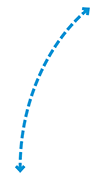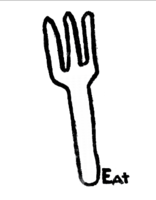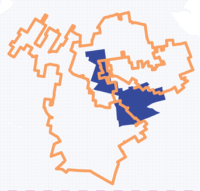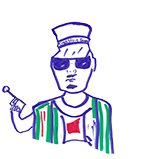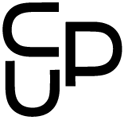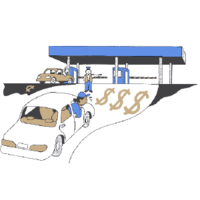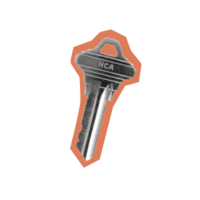Meet the Designer: Alex Tatusian!

Meet Alex! As a 2016 Public Access Design Fellow, Alex Tatusian designed our latest Public Access Design project, Bail's Set... What's Next? in collaboration with our partners, the Brooklyn Community Bail Fund.
1. Can you tell us a little bit more about you as a designer? How did you start doing design work?
After my sophomore year of college, I realized I had no idea what I had been doing there and went home for a semester to figure out what to do. By chance, I befriended a young designer named Brian, who was kind enough to teach me some basic design software skills.
In New York, I had worked in various capacities through the art world and found it to be a very closed place, politically and with regard to the kind of work being made: everything seemed to speak only to the history of art and art criticism, and neither the professional nor DIY communities seemed to want to shine much light on challenging, unglamorous, and active work. I realized I'd kind of always been doing design (album covers, posters, and shirts for bands, etc.) and that it was a much better way to collaborate with all sorts of different people.
My school didn't really offer a design degree, nor did I want to go to design school: so I majored in other things and began designing as much as possible in my own time.
2. How would you describe your practice?
I came to design educated in drumming, jazz, and free music. The design process on a project can similarly start out really improvisationally and then reveal an underlying structure through repetitive work: I hit lots of walls while working and have never experienced the elegant process you see in design school brochures.
That said, my practice often deals with sensitive battlegrounds in city communities: race, economics, education, police, etc. Especially when working with community organizations or people who are not educated in design, I think it's critical to trace your workflow, simplify it, and translate it into a process that everyone involved can actually engage in (while still trusting your expertise). Most good designers will tell you that a lot of the work on a project is communicating and learning to talk to everyone involved.
3. What projects are you working on now?
I'm now the editorial designer at The Marshall Project, a non-partisan news organization reporting on the criminal justice system; it's all digital, so I'm learning code constantly. Everyone there is super smart, and I feel grateful to be able to work on big policy problems all the time. Outside of work, I'm doing some album design and some very secret projects I can't talk about.
4. Are there other designers that inspire you?
Design by non-designers, just regular people, is the best—shop signs and truck decals, that sort of stuff. I made a short documentary about it called "That's Not Hardcore", which I accompany live on a drum set (It premiered at Lincoln Center, but I'm looking for more venues to screen it! *ahem*). Non-designers often have a really imaginative, unfettered flair for visual language that has so much more humanity than design by most professionals. Other than that, there are so many good designers working right now, I can't even begin to go down that rabbit hole. Though I have a major design and friend crush on this guy Dante Carlos, who makes deceptively simple work that has the imagination of an amateur and the class of a professional.
5. What was the most exciting part of working on "Bail’s Set... What’s Next?"
I really enjoyed learning how CUP views community-based design, and actually implementing those processes with the Brooklyn Community Bail Fund, our advocate partner, in a way that I had only seen from afar, observing the organization over the years. I was really impressed by [CUP Community Education Program Director] Ingrid [Haftel]'s ability to steer things along without trampling anyone's thoughts.
6. What was the most important thing you learned from the project?
Listen as much as possible. You need to speak—as a designer, at meetings, even in everyday life—a lot less than you think.
7. Do you think your work on this project will impact your work moving forward?
Definitely. Foremost, we sometimes forget that art and design are two different things: there's a critical difference I can't fully articulate yet, but because of CUP, I know when I'm not really listening to the advocate (or editor, or client, or collaborator) on a project—when I'm using design as a mode of expression, not of communication. All design contains aspects of both, but we have to always remember for whom we're designing: the answer should never be "myself." Secondly, but still crucially, learning the ins and outs of bail system really empowered me as a designer to take on more work (including my current position) that directly deals with aspects of policy and the justice system, and work toward bringing about a more equal and equitable city for the most vulnerable.
8. What is your secret skill that has nothing to do with your design work?
I do these horrible impressions—Scottish Whoopi Goldberg, three-times-slowed-down Matthew McConaughey. There are more, and they're all just as bad. But I'll spare you the details.


